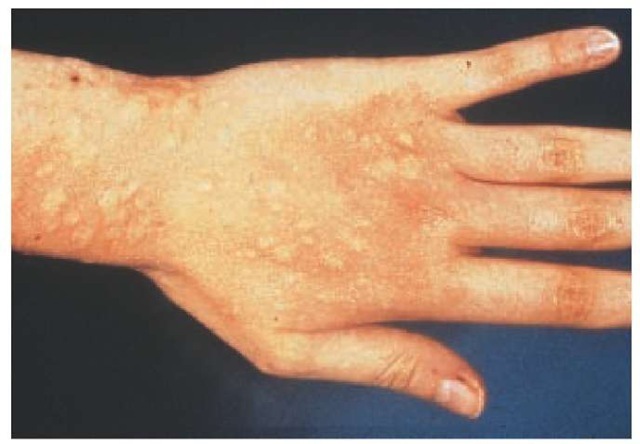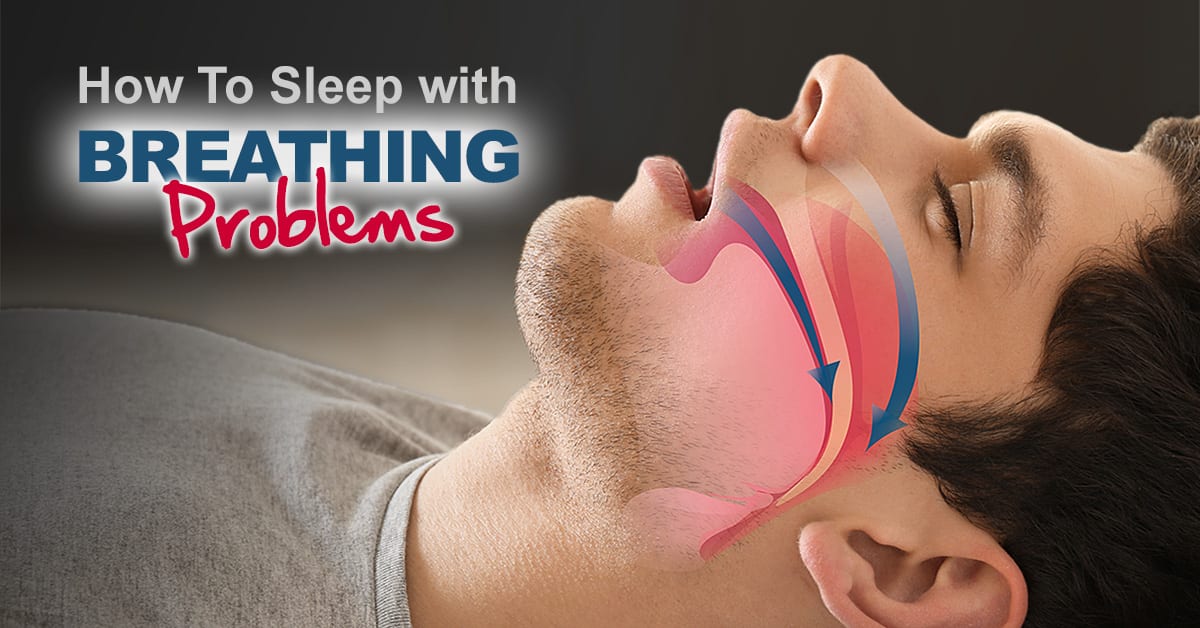Latex Allergy: Symptoms, Causes, Diagnosis, and Treatment
Latex allergy is a condition that occurs when a person's immune system reacts negatively to latex proteins. These proteins are found in natural rubber latex, which is commonly used in products such as gloves, balloons, and condoms. While most people are not affected by latex, those with an allergy can experience a range of symptoms that can be bothersome and sometimes even life-threatening.
Latex Allergy: Causes, Symptoms, and Diagnosis
The main cause of a latex allergy is exposure to latex products. When a person with an allergy comes into contact with latex, their immune system sees the latex proteins as harmful invaders and releases histamine and other chemicals to fight them off. This immune response is what leads to the symptoms of a latex allergy.
The symptoms of a latex allergy can range from mild to severe and can include skin reactions such as rashes, hives, and redness as well as respiratory problems like coughing, wheezing, and difficulty breathing. In some cases, a person may also experience anaphylaxis, a severe and potentially life-threatening reaction that can cause swelling of the face, difficulty breathing, and loss of consciousness.
Diagnosing a latex allergy can be tricky as the symptoms are similar to those of other allergic reactions. Your doctor may perform skin prick tests or blood tests to determine if you have a latex allergy. They may also ask about your medical history and any potential exposure to latex products.
Latex Allergy: Causes, Symptoms, and Treatment
Unfortunately, there is no cure for a latex allergy. The best way to manage it is to avoid exposure to latex products. This means being careful when choosing products such as gloves, condoms, and certain types of clothing. If you have a severe latex allergy, your doctor may also prescribe an epinephrine autoinjector for emergencies.
If you do come into contact with latex and experience symptoms, there are treatments available to help alleviate them. Antihistamines and corticosteroids can help with skin reactions and inhaled bronchodilators can help with respiratory problems. However, these treatments are not a cure and should be used in conjunction with avoiding latex exposure.
Can a Latex Mattress Cause Allergies?
If you have a latex allergy, you may be wondering if your mattress could be causing your symptoms. The answer is yes, a latex mattress can cause allergies. Latex mattresses are made from natural rubber latex, which contains the same proteins that can trigger an allergic reaction in some people.
If you suspect that your mattress is causing your allergy symptoms, it's important to replace it with a hypoallergenic option. Look for mattresses made from memory foam, polyurethane foam, or latex-free materials. These types of mattresses are less likely to cause an allergic reaction.
Can a Latex Mattress Cause Respiratory Problems?
In addition to skin reactions, a latex mattress can also cause respiratory problems in those with a latex allergy. This is because when you lie on a latex mattress, you inhale small particles of latex that can trigger an allergic reaction in your respiratory system.
If you experience coughing, wheezing, or other respiratory problems when lying on your latex mattress, it's important to switch to a different type of mattress to avoid these symptoms.
Can a Latex Mattress Cause Coughing?
Coughing is a common symptom of a latex allergy, and a latex mattress can indeed cause coughing in those who are allergic. As mentioned before, when you lie on a latex mattress, you may inhale small particles of latex that can irritate your respiratory system and cause coughing.
If you have a latex allergy and suffer from coughing at night or when lying on your mattress, it's crucial to switch to a latex-free mattress to avoid this symptom.
Latex Allergy: Causes, Symptoms, and Prevention
Preventing a latex allergy is all about avoiding exposure to latex products. This means being cautious when using products such as gloves, condoms, and medical equipment. If you know you have a latex allergy, it's important to inform your healthcare providers so they can use latex-free materials when treating you.
It's also important to educate yourself and those around you about latex allergies and how to prevent them. By spreading awareness, you can help others avoid exposure to latex and potentially prevent them from developing an allergy.
Latex Allergy: Causes, Symptoms, and Management
Managing a latex allergy involves avoiding exposure to latex products and being prepared for potential allergic reactions. This means avoiding products that contain latex, such as latex gloves or condoms, and always having an epinephrine autoinjector on hand in case of an emergency.
It's also essential to read labels carefully and be aware of any potential sources of latex in your environment. For example, some fruits, such as bananas and avocados, contain similar proteins to those found in latex and can trigger an allergic reaction in some people.
Latex Allergy: Causes, Symptoms, and Remedies
While there is no cure for a latex allergy, there are remedies that can help alleviate symptoms. If you experience a skin reaction, you can use calamine lotion or hydrocortisone cream to soothe the irritation. For respiratory symptoms, inhaling steam or using a saline nasal spray can help clear the airways.
It's important to note that these remedies are not a substitute for avoiding latex exposure and seeking medical treatment. If you have a severe allergy, always consult with your doctor before trying any remedies.
Can a Latex Mattress Cause Breathing Problems?
Yes, a latex mattress can cause breathing problems in those with a latex allergy. This is because latex mattresses emit small particles that can irritate the respiratory system and trigger an allergic reaction. If you experience difficulty breathing when lying on a latex mattress, it's important to switch to a different type of mattress to avoid this symptom.
The Potential Effects of Latex Mattresses on Respiratory Health

What is a Latex Mattress?
 A latex mattress is a type of mattress that is made from natural or synthetic latex foam. It is known for its durability, comfort, and ability to conform to the body's shape. However, with the increasing concern for indoor air quality, many people are wondering if latex mattresses can cause coughing and other respiratory issues.
A latex mattress is a type of mattress that is made from natural or synthetic latex foam. It is known for its durability, comfort, and ability to conform to the body's shape. However, with the increasing concern for indoor air quality, many people are wondering if latex mattresses can cause coughing and other respiratory issues.
The Science Behind Latex Mattresses and Coughing
 Latex mattresses are made from either natural or synthetic latex foam, both of which can release volatile organic compounds (VOCs) into the air. These compounds can cause irritation to the respiratory system, leading to coughing, wheezing, and other respiratory symptoms. The level of VOCs released from a latex mattress can vary depending on the type of latex used and the manufacturing process.
Latex mattresses are made from either natural or synthetic latex foam, both of which can release volatile organic compounds (VOCs) into the air. These compounds can cause irritation to the respiratory system, leading to coughing, wheezing, and other respiratory symptoms. The level of VOCs released from a latex mattress can vary depending on the type of latex used and the manufacturing process.
Who is Most at Risk?
 Individuals who are sensitive to chemicals and have pre-existing respiratory conditions, such as asthma or allergies, may be more susceptible to the effects of VOCs released from latex mattresses. Children and older adults may also be at a higher risk due to their weaker immune systems.
Individuals who are sensitive to chemicals and have pre-existing respiratory conditions, such as asthma or allergies, may be more susceptible to the effects of VOCs released from latex mattresses. Children and older adults may also be at a higher risk due to their weaker immune systems.
How to Minimize the Risk
 If you are concerned about the potential effects of latex mattresses on your respiratory health, there are some steps you can take to minimize the risk. First, make sure to research the type of latex used in the mattress and choose one with a lower VOC content. You can also look for mattresses that are certified by trusted organizations like
GOLS (Global Organic Latex Standard)
and
GOTS (Global Organic Textile Standard)
, which have strict guidelines for the use of chemicals in the production of latex mattresses. Additionally, proper ventilation and regular cleaning of your mattress can help reduce the concentration of VOCs in your bedroom.
If you are concerned about the potential effects of latex mattresses on your respiratory health, there are some steps you can take to minimize the risk. First, make sure to research the type of latex used in the mattress and choose one with a lower VOC content. You can also look for mattresses that are certified by trusted organizations like
GOLS (Global Organic Latex Standard)
and
GOTS (Global Organic Textile Standard)
, which have strict guidelines for the use of chemicals in the production of latex mattresses. Additionally, proper ventilation and regular cleaning of your mattress can help reduce the concentration of VOCs in your bedroom.
Conclusion
 While latex mattresses offer many benefits, it is important to consider their potential effects on respiratory health. By understanding the science behind latex mattresses and taking precautions to minimize exposure to VOCs, you can still enjoy the comfort and support of a latex mattress without compromising your respiratory health.
While latex mattresses offer many benefits, it is important to consider their potential effects on respiratory health. By understanding the science behind latex mattresses and taking precautions to minimize exposure to VOCs, you can still enjoy the comfort and support of a latex mattress without compromising your respiratory health.















:max_bytes(150000):strip_icc()/Health-Allergies-treatment-symptoms-horiz-edit-4-c786d70d651e4d4db0ee900da50ba471.jpg)





_Final.jpg?MOD=AJPERES&CACHEID=ROOTWORKSPACE.Z18_6IH81240MO2M00A9420PHQ3004-05e77d52-2f4b-44c2-82d8-50bccf43cc29-nBxAgF6)






















































